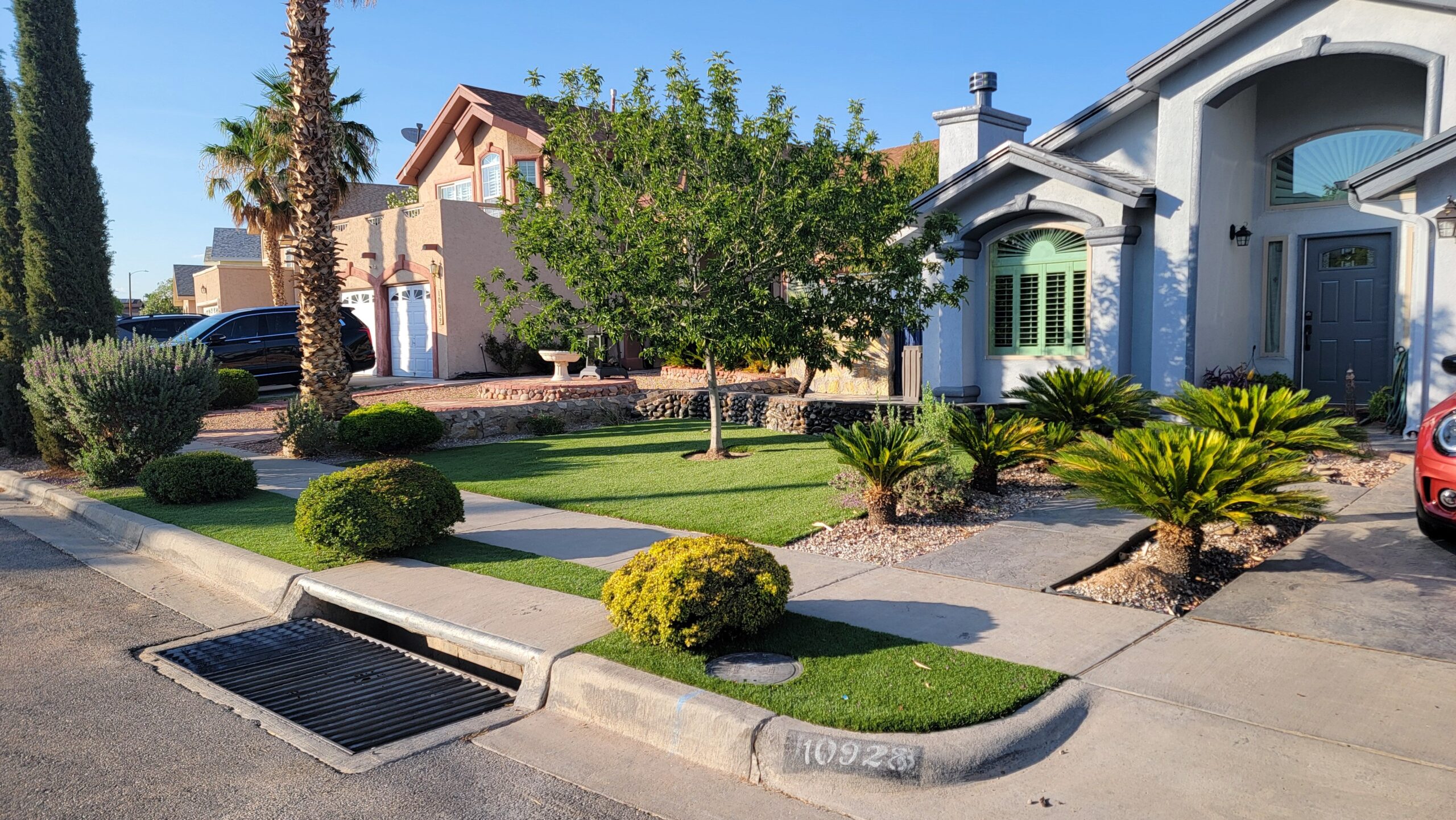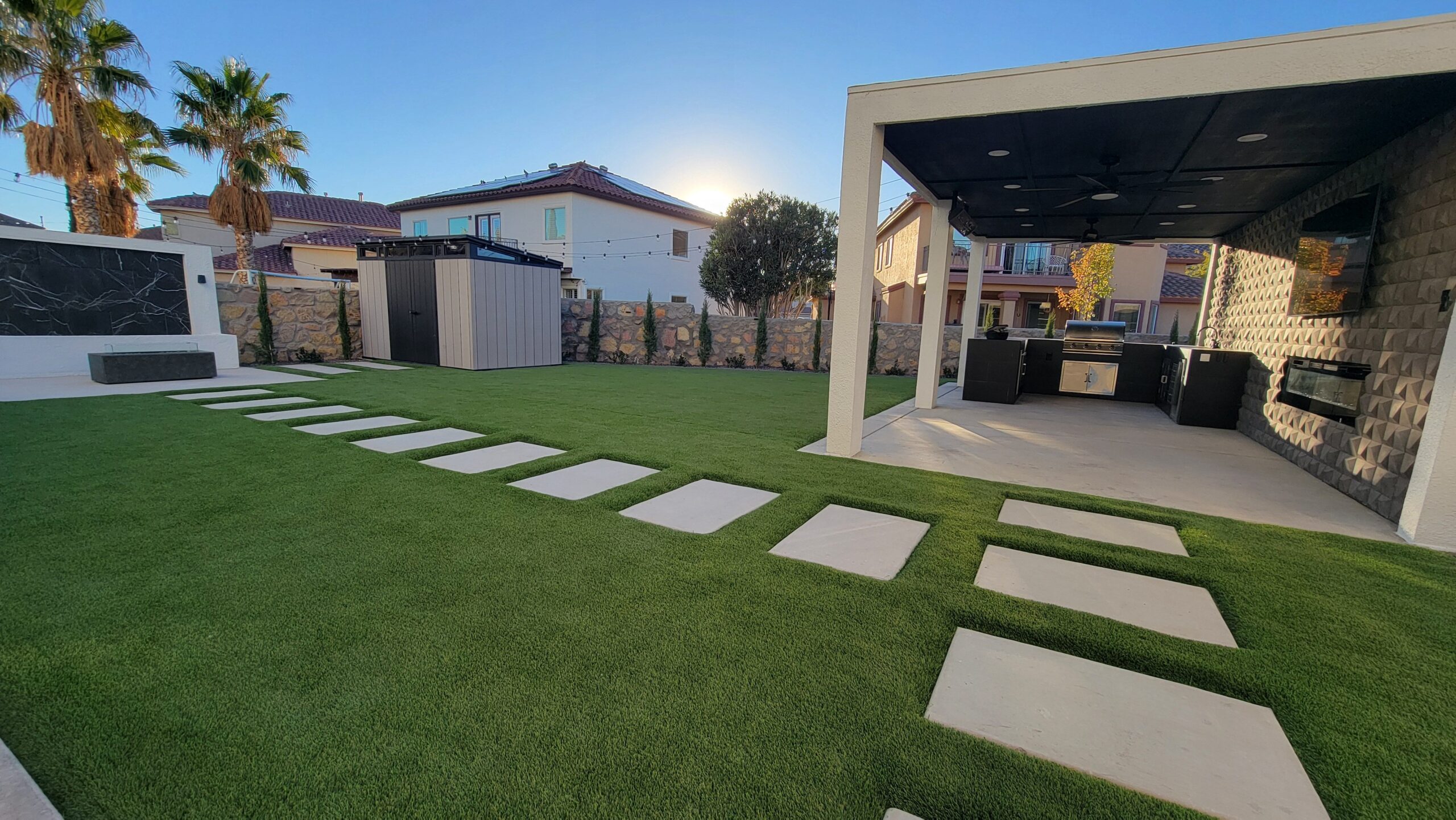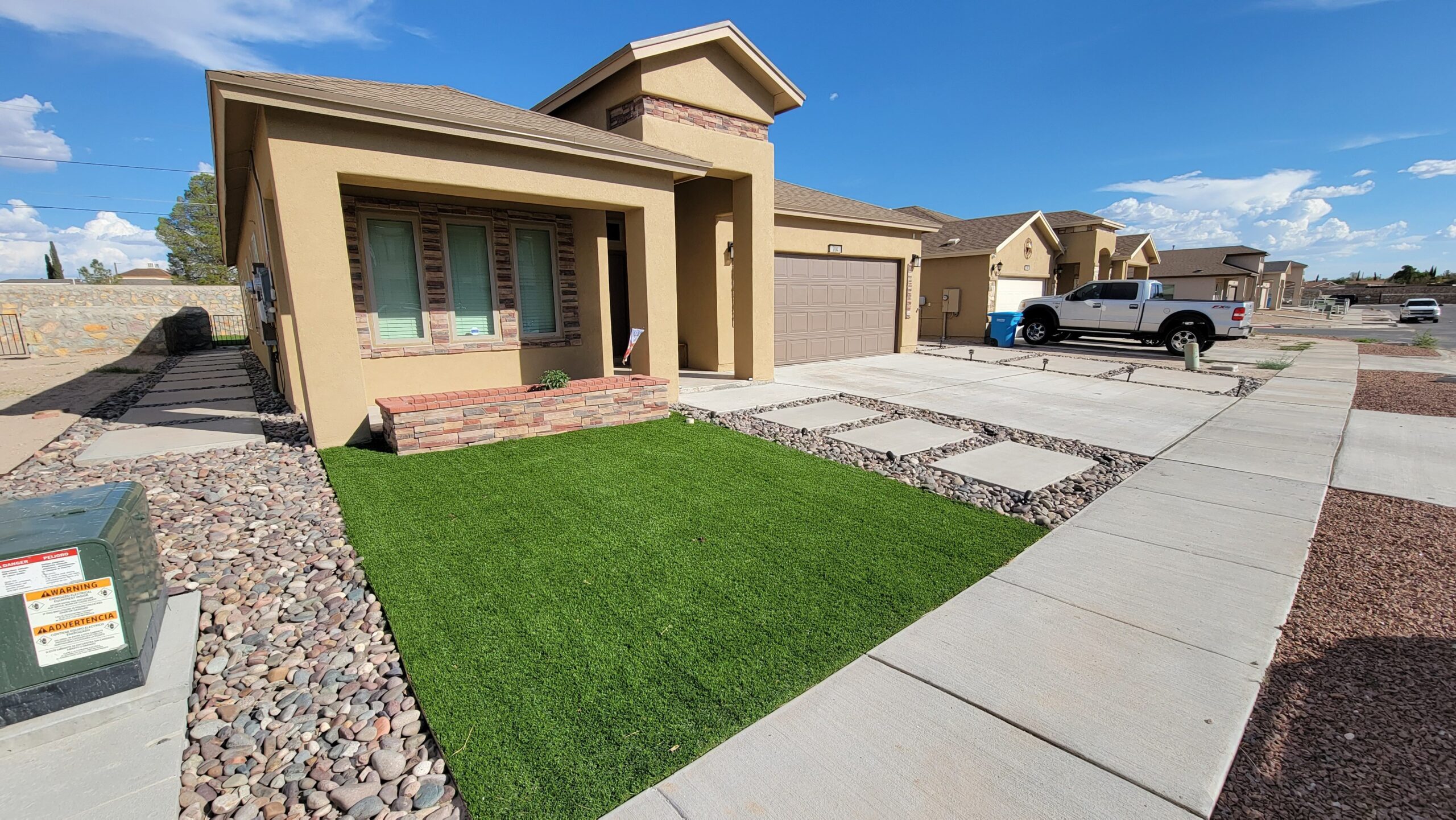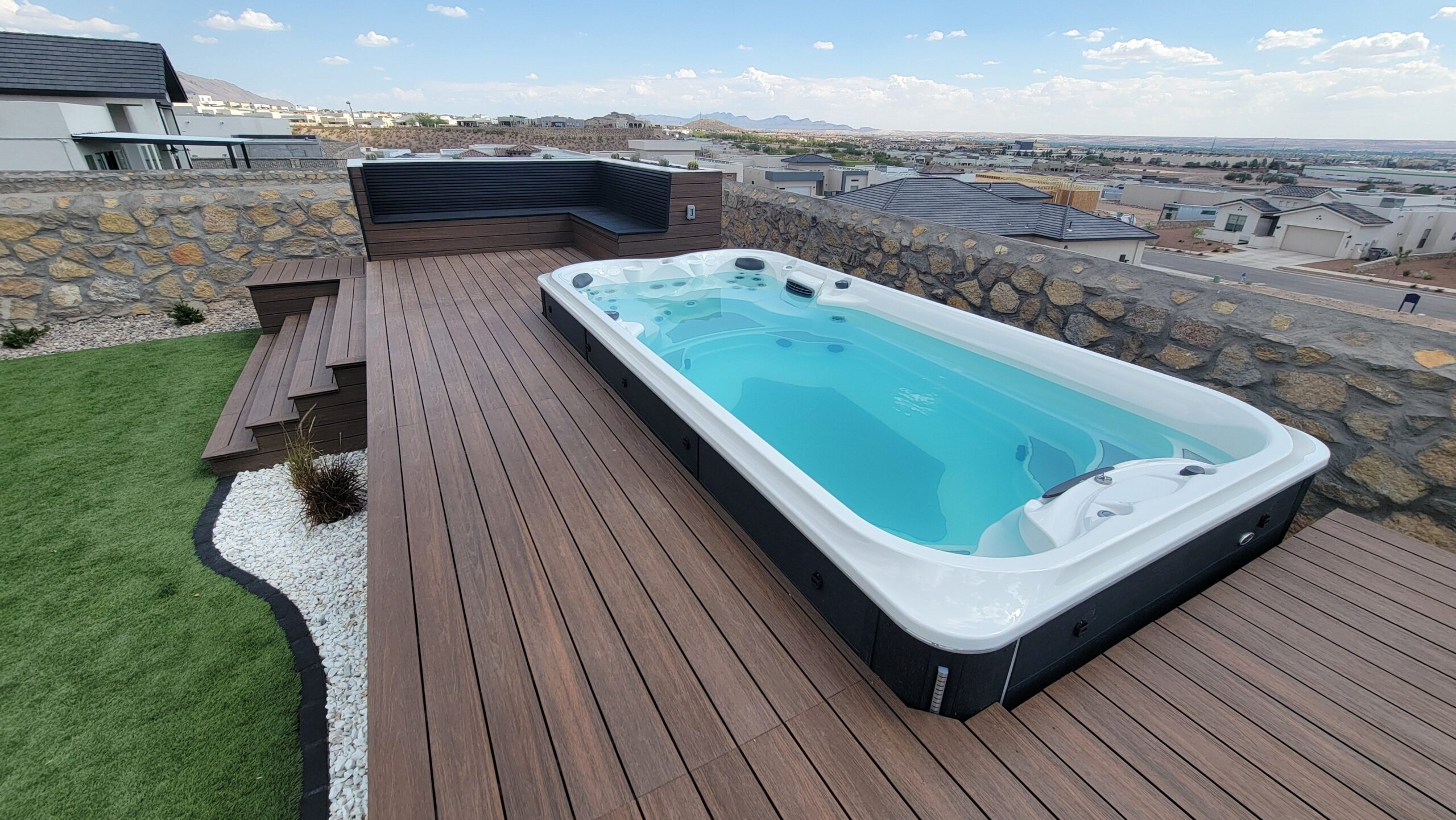Introduction
A thoughtfully designed pergola can transform an ordinary backyard into a stunning retreat that blends comfort, functionality, and architectural beauty. Whether you’re enhancing your patio, framing your outdoor dining area, or adding structure to your garden, a pergola provides both shade and style, making it an essential element in modern outdoor living.
Beyond its visual appeal, a pergola defines spaces, creates privacy, and adds value to your home. With the right materials, layout, and pergola lighting, you can design an environment that feels like a natural extension of your home—a space where you can relax, entertain, and enjoy the outdoors throughout the year.
In this guide, we’ll explore how to plan a pergola that perfectly balances aesthetics and practicality, along with expert pergola ideas to inspire your next backyard transformation.
1. Why a Pergola Is the Heart of Outdoor Living
In the world of outdoor living, few structures are as versatile and transformative as the pergola. Unlike enclosed patios or gazebos, a pergola provides a defined yet open space that maintains a connection with the surrounding landscape. It acts as a visual anchor for seating areas, outdoor kitchens, or poolsides while allowing natural light and airflow.
A well-constructed pergola also provides crucial shade solutions—reducing glare, protecting you from harsh sun rays, and creating a more comfortable microclimate for outdoor relaxation. It’s not just about shelter; it’s about creating atmosphere.
Whether you opt for a timber pergola with a warm, rustic appeal or a sleek aluminum frame with modern lines, the design can be tailored to match your home’s architecture. With countless pergola ideas available, you can customize every detail—from the roofing material to the lighting fixtures—to achieve your ideal outdoor retreat.
Ultimately, a pergola bridges the gap between architecture and landscape design, offering both beauty and function in one elegant structure.
2. Planning Your Pergola: The Foundation of Great Design
Before building your pergola, planning is key. The structure should complement your home, suit your lifestyle, and align with environmental conditions such as sunlight, wind, and privacy.
1. Define the Purpose
Ask yourself how you plan to use the space. Is the pergola intended for outdoor living and dining? A reading nook? A shade extension over your pool or deck? Your purpose determines the size, shape, and placement of the structure.
For entertaining, consider a larger footprint that accommodates furniture and guests comfortably. For intimate relaxation areas, a smaller timber pergola tucked into a corner garden may be ideal.
2. Choose the Right Location
Position your pergola based on sun exposure and existing landscaping. If your goal is to maximize shade solutions, analyze how the sun moves across your yard during the day. Orient the beams east to west to block midday sun or north to south for balanced light.
The location should also provide a seamless flow from your indoor living spaces. A pergola adjacent to the house creates a natural extension of your dining room or kitchen, while a freestanding design can serve as a peaceful retreat deeper in the garden.
3. Consider the Size and Proportions
Proportion is essential for aesthetics and function. A pergola that’s too small can look lost in a large yard, while one that’s oversized may overwhelm the landscape. As a rule of thumb, the structure should align with nearby architectural lines—such as roof edges or window frames—for visual harmony.
4. Plan for Future Enhancements
Think ahead about features you may want to add later, like pergola lighting, retractable canopies, or climbing plants. Designing with flexibility ensures that your pergola can evolve with your lifestyle and preferences over time.
3. Selecting the Best Materials for Durability and Style
The material you choose determines not only the appearance of your pergola but also its durability, maintenance needs, and cost. Each material offers unique advantages and aesthetics.
Timber Pergola: Warm and Timeless
A timber pergola exudes natural charm and warmth, making it one of the most popular choices for homeowners who value traditional craftsmanship. Woods like cedar, redwood, or treated pine resist decay and insects while maintaining their beauty over time.
You can stain the wood to enhance its natural color or paint it to match your home’s exterior. The organic texture of timber pairs beautifully with stone patios and greenery, creating an inviting, cohesive feel.
Aluminum Pergola: Modern and Low Maintenance
For a contemporary look and long-lasting performance, aluminum offers a sleek, low-maintenance option. It resists rust, corrosion, and fading, making it ideal for humid or coastal environments. Aluminum pergolas often feature adjustable louvers or integrated shade solutions for optimal comfort.
Steel and Composite Materials: Strength and Innovation
Powder-coated steel or composite materials provide strength and design flexibility. Composite pergolas can mimic the appearance of wood without requiring the same upkeep. These materials are perfect for homeowners seeking durability, modern aesthetics, and long-term value.
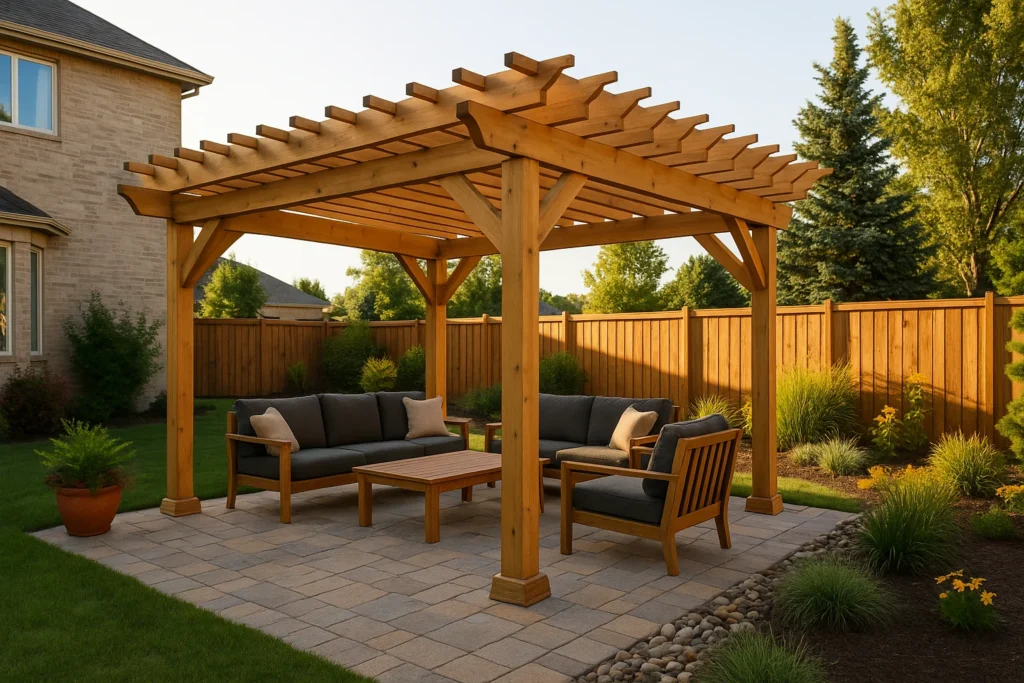
4. Shade Solutions: Comfort Meets Creativity
Creating the perfect balance of light and shade is what makes a pergola truly functional. With the right shade solutions, you can enjoy your outdoor space all day long, even during the hottest months.
1. Fixed and Retractable Roof Systems
Modern pergola ideas include both fixed and adjustable roof systems. Fixed slats provide consistent shade, while retractable canopies or louvered roofs offer flexibility—letting you control sunlight and ventilation as needed.
Automated louver systems, which adjust at the touch of a button, are a growing trend for tech-savvy homeowners who prioritize convenience in outdoor living.
2. Climbing Plants and Green Roofs
Nature provides some of the most beautiful shade solutions. Training vines like wisteria, jasmine, or ivy across the pergola beams adds natural shade, fragrance, and color. Over time, the canopy thickens, creating a lush, organic shelter that evolves with the seasons.
This approach pairs especially well with a timber pergola, as the natural materials complement each other perfectly.
3. Fabric and Bamboo Screens
Lightweight fabric panels or bamboo screens can soften sunlight while introducing texture and color. These materials can be easily replaced or adjusted, allowing you to refresh your space seasonally. Choose neutral tones for timeless elegance or bold hues for a lively, resort-inspired feel.
4. Integrated Shade Accessories
Add motorized blinds, drop-down curtains, or retractable awnings for enhanced comfort. These shade solutions protect against UV rays and wind while adding a sense of intimacy to open spaces.
5. Lighting: Bringing Your Pergola to Life After Dark
The right pergola lighting transforms your space from a daytime escape into a nighttime sanctuary. Lighting adds depth, ambiance, and safety—all essential for creating a space you’ll love using year-round.
Ambient Lighting
Soft, diffused lighting sets a relaxing mood and enhances the overall atmosphere. String lights, lanterns, or LED strips woven through the beams create a warm, inviting glow perfect for evening gatherings.
Task Lighting
If your pergola covers an outdoor dining table or kitchen, targeted lighting such as pendant fixtures or under-beam LEDs ensures functionality. Task lights make food preparation and dining more comfortable while maintaining the aesthetic harmony of your space.
Accent Lighting
Highlight architectural details or landscaping elements with accent lights. Uplighting can emphasize the structure’s posts, while spotlights draw attention to surrounding greenery or water features.
Smart and Solar Solutions
For eco-conscious homeowners, solar-powered pergola lighting offers sustainability without compromising design. You can also install smart systems to control brightness and color temperature through your smartphone or voice assistant, adapting the ambiance instantly.
6. Pergola Ideas for Every Style
Your pergola should reflect your personality and enhance your home’s architecture. Whether you prefer sleek modernity or rustic charm, there’s a style for every aesthetic.
Modern Minimalist Pergola
A minimalist pergola features clean lines, neutral tones, and uncluttered design. Aluminum or composite materials pair well with concrete patios and contemporary furniture. Linear pergola lighting or recessed fixtures add sophistication and functionality.
Rustic Timber Pergola
For a cozy and natural look, a timber pergola with exposed beams and earthy tones creates warmth and authenticity. Combine it with stone flooring, climbing plants, and woven light fixtures to evoke a countryside retreat.
Mediterranean-Inspired Pergola
Inspired by coastal living, this design integrates stucco textures, terracotta tiles, and draped fabrics. White-painted wood and wrought-iron details bring elegance, while lantern-style pergola lighting completes the romantic ambiance.
Tropical Resort Pergola
This pergola idea blends natural wood with bamboo shades and lush greenery. Add ceiling fans, woven chairs, and soft ambient lighting for a luxurious resort-like feel. The result is a tranquil escape right in your backyard.
Industrial Chic Pergola
A steel or black aluminum frame paired with reclaimed wood creates a bold, urban look. Edison-bulb string lights and sleek furniture give the space a stylish, modern edge perfect for outdoor living enthusiasts who love contemporary design.
7. Integrating a Pergola with Other Outdoor Features
A pergola doesn’t have to stand alone—it can harmonize beautifully with other elements of your backyard design.
Outdoor Kitchens and Dining Areas
Pair your pergola with an outdoor kitchen or bar for a cohesive entertainment space. The structure provides shade for cooking and dining while adding architectural dimension. Integrate ceiling fans or pergola lighting above dining tables to ensure comfort during evening gatherings.
Pools, Spas, and Lounges
Placing a pergola near a pool or spa creates an inviting relaxation zone. The shaded area can host lounge chairs, daybeds, or a cabana-style setup. Use waterproof fabrics and moisture-resistant lighting for longevity.
Garden Pathways and Entryways
Smaller timber pergolas can serve as decorative gateways or connectors between outdoor areas. Adding climbing plants or lighting along the path enhances the flow and ambiance of your outdoor living environment.
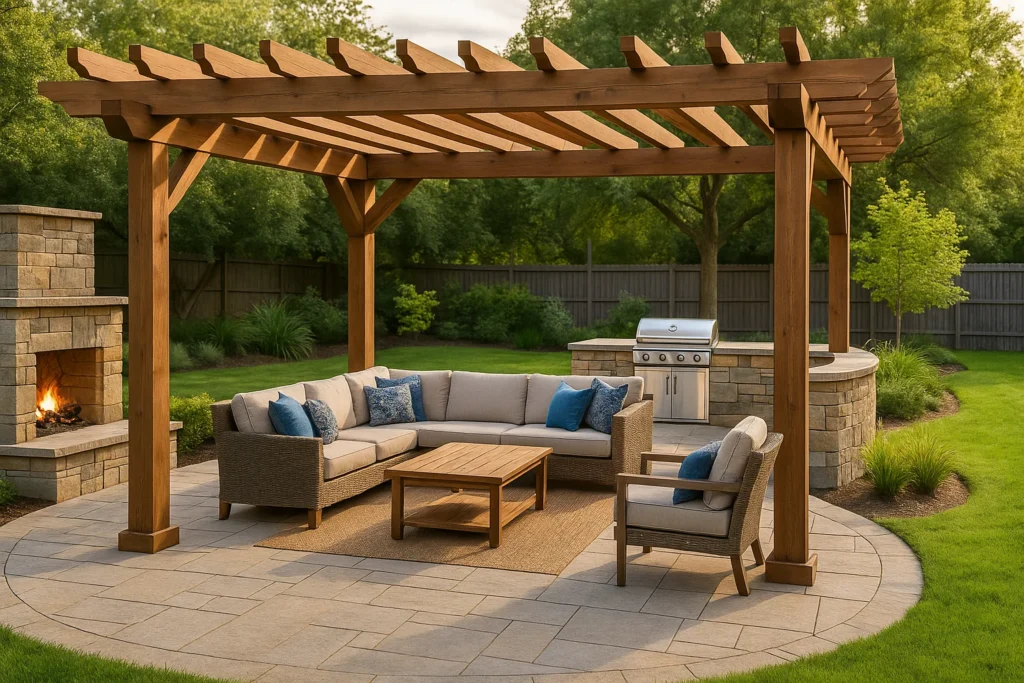
8. Maintenance and Longevity: Keeping Your Pergola Beautiful
A well-maintained pergola can last for decades while retaining its charm and structural integrity.
- Regular Cleaning: Wash the structure periodically to remove dirt, pollen, and mildew. Use gentle detergents and avoid abrasive cleaners.
- Wood Protection: For a timber pergola, apply sealant or stain every few years to prevent weathering.
- Inspect Hardware: Check bolts, joints, and brackets for wear and tighten them as needed.
- Maintain Lighting: Replace bulbs and clean pergola lighting fixtures to ensure consistent brightness and safety.
These small upkeep steps ensure your pergola remains a durable and beautiful centerpiece in your outdoor living space.
9. Conclusion
A pergola is far more than a decorative structure—it’s the cornerstone of stylish, functional outdoor living. With the right design, materials, and shade solutions, your pergola becomes a place where comfort and elegance coexist. From cozy timber pergolas wrapped in greenery to contemporary designs illuminated with modern pergola lighting, the possibilities are endless.
By thoughtfully planning proportions, integrating lighting, and blending natural and architectural elements, you can create a space that feels timeless and welcoming in every season.
At Anson GC, we believe every home deserves an outdoor sanctuary. Whether you’re looking for expert pergola ideas, custom construction, or complete backyard transformations, our team designs and builds spaces that inspire connection, relaxation, and beauty.
Transform your backyard into a haven of shade and style—with a pergola that elevates every moment spent outdoors.

